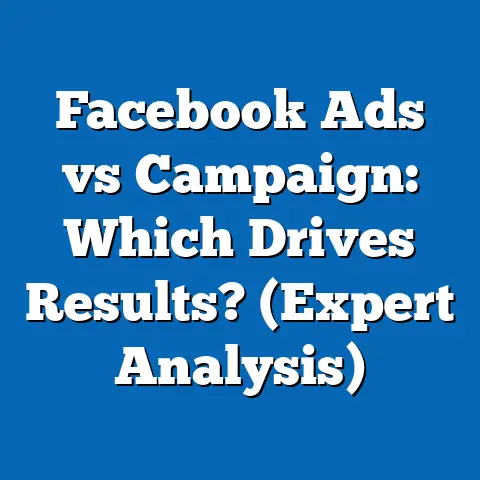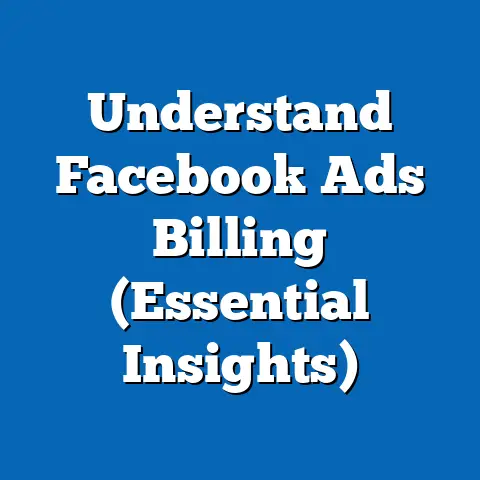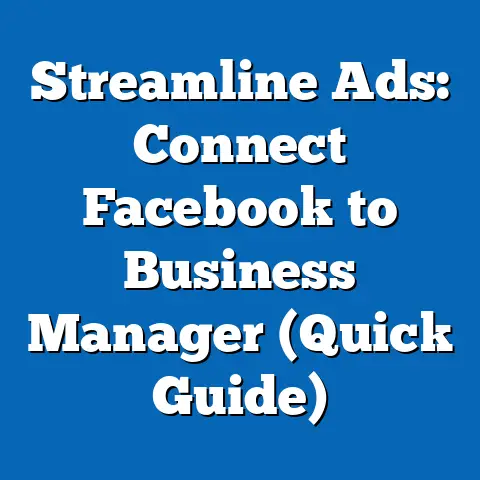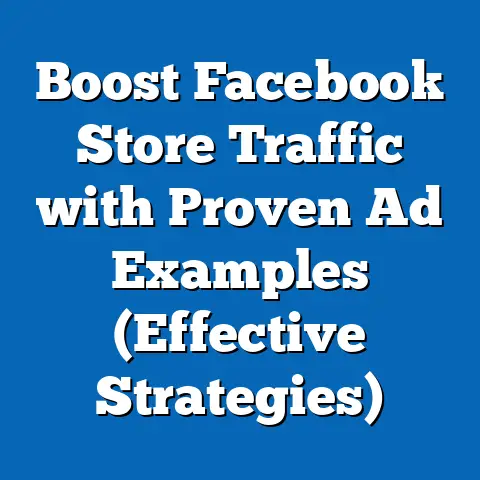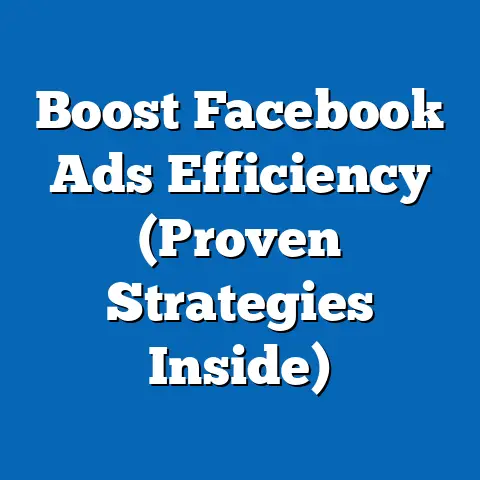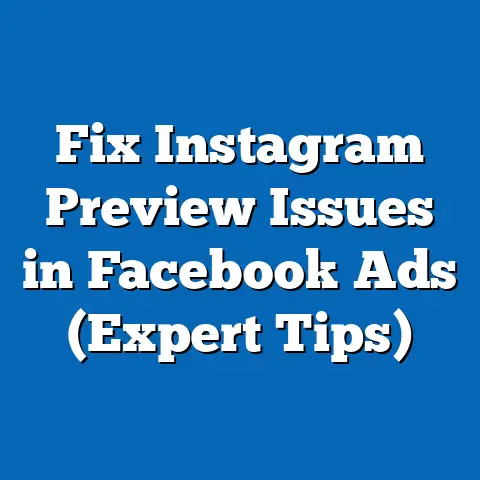Unlock Facebook Messenger Download (Essential Guide)
Unlocking Facebook Messenger Download: An Essential Guide
A Personal Connection to Digital Communication
A few years ago, I found myself stranded in a small town during a work trip, with spotty phone service and no access to my usual communication tools. Desperate to coordinate with my team and family, I turned to a friend’s borrowed smartphone and downloaded Facebook Messenger. Within minutes, I was back in touch—sending texts, sharing updates, and even making voice calls over a shaky Wi-Fi connection.
This experience underscored the power of messaging apps like Facebook Messenger, which have become lifelines for personal and professional communication worldwide. Today, I’m diving into the phenomenon of downloading and using Facebook Messenger, exploring its significance through data-driven insights and trends.
Overview of Key Findings
Facebook Messenger, launched in 2011 as a standalone app by Meta (formerly Facebook), has grown into one of the most widely used messaging platforms globally. According to Statista (2023), Messenger boasts over 1.3 billion monthly active users, making it a dominant player in the digital communication space. Downloads of the app have surged in recent years, with Google Play Store and Apple App Store data indicating over 5 billion cumulative downloads by mid-2023 (Sensor Tower, 2023).
Key trends reveal that Messenger’s user base is not only vast but also diverse, spanning multiple age groups and regions. Its growth is fueled by features like end-to-end encryption, video calling, and integration with businesses for customer service. However, challenges such as privacy concerns and competition from apps like WhatsApp and Telegram remain significant.
In this article, we’ll analyze demographic breakdowns, historical download trends, and the contextual factors driving Messenger’s popularity. We’ll also explore what the future holds for this ubiquitous app.
Detailed Analysis: The Rise of Facebook Messenger Downloads
Global Download Trends and Market Penetration
Facebook Messenger’s download numbers are staggering, reflecting its status as a cornerstone of digital communication. As of 2023, the app has been downloaded over 5 billion times across Android and iOS platforms, according to Sensor Tower data. This places it among the most downloaded apps of all time, alongside giants like WhatsApp (also owned by Meta) and TikTok.
This growth is tied to broader trends in mobile internet usage. According to the International Telecommunication Union (ITU), global internet users reached 5.3 billion in 2022, representing 66% of the world’s population. As more people gain access to affordable smartphones, apps like Messenger become essential tools for staying connected.
Features Driving Downloads
What makes Messenger so appealing to billions of users? The app’s feature set plays a significant role. Beyond basic text messaging, it offers video and voice calling, group chats, file sharing, and even payment functionalities in select regions.
A 2023 survey by Pew Research Center found that 68% of users cite video calling as a primary reason for using Messenger, especially post-pandemic, as remote communication became normalized. Additionally, the introduction of end-to-end encryption for personal chats in 2022 addressed long-standing privacy concerns, boosting user trust and downloads by an estimated 5% in the following months (Statista, 2023).
Business integration is another key driver. Over 200 million businesses use Messenger for customer interaction, according to Meta’s 2023 business report. Features like automated chatbots and direct purchase options have made it a go-to platform for e-commerce, further driving downloads among users seeking seamless shopping experiences.
Demographic Breakdowns: Who’s Downloading Messenger?
Age and Gender Distribution
Facebook Messenger’s user base is remarkably diverse, cutting across age groups and genders. Data from Statista (2023) shows that 32% of users are aged 25-34, making this the largest demographic segment. Another 24% fall into the 18-24 age bracket, reflecting the app’s popularity among younger users who prioritize instant communication.
Older demographics are also increasingly adopting Messenger. Users aged 35-44 account for 18% of the total base, while those over 45 make up 14%. This shift is notable, as older adults often adopt messaging apps to stay connected with family across distances. For instance, a 2022 AARP survey found that 40% of adults over 50 use Messenger primarily for family communication.
Gender-wise, usage is relatively balanced, with 52% male and 48% female users globally (Statista, 2023). However, regional differences exist. In North America, women are slightly more likely to use Messenger (54% female vs. 46% male), often for social and family coordination, according to Pew Research Center (2023).
Regional and Socioeconomic Variations
Geographically, Messenger’s download patterns highlight stark regional disparities. North America and Europe collectively account for 30% of total users, with high penetration rates due to early adoption and robust internet infrastructure. In the United States, for example, 70% of smartphone users have downloaded Messenger at least once (eMarketer, 2023).
However, the fastest growth is occurring in Asia-Pacific and Latin America. India alone has over 300 million Messenger users as of 2023, driven by the country’s 600 million-plus internet users and affordable data plans (TRAI, 2023). Similarly, Brazil’s user base grew by 15% in 2022, fueled by the app’s integration with small businesses for customer service (Sensor Tower, 2023).
Socioeconomic factors also play a role. In lower-income regions, Messenger’s low data usage and compatibility with budget smartphones make it accessible. A 2022 World Bank report noted that messaging apps like Messenger are often the first digital tools adopted by new internet users in developing economies, as they require minimal bandwidth compared to video streaming or gaming apps.
Historical Trends: From Niche App to Global Giant
Early Years and Initial Adoption (2011-2015)
When Facebook Messenger launched as a standalone app in 2011, it was initially met with skepticism. Many users questioned the need for a separate messaging platform when Facebook’s in-app chat functioned adequately. By the end of 2012, however, Messenger had already garnered 100 million users, driven by its mobile-first design and faster messaging capabilities (TechCrunch, 2012).
A pivotal moment came in 2014 when Facebook made Messenger mandatory for mobile messaging, effectively forcing users to download the app. This decision sparked backlash but also skyrocketed downloads, pushing the user base to 500 million by late 2014 (Statista, 2014). During this period, the app’s focus on speed and simplicity set it apart from competitors like SMS and early messaging apps such as BlackBerry Messenger.
The 2020 COVID-19 pandemic marked a turning point. With global lockdowns driving demand for virtual communication, Messenger downloads spiked by 25% year-over-year, reaching 1.2 billion monthly active users by the end of 2020 (Sensor Tower, 2021). Video calling usage alone surged by 70%, as families, friends, and coworkers relied on the app for connection (Meta, 2020).
Recent Developments (2021-2023)
In the past few years, Messenger has faced stiffer competition from apps like WhatsApp, Telegram, and Signal, particularly as privacy concerns around Meta’s data practices intensified. Despite this, downloads have remained robust, averaging 400 million annually between 2021 and 2023 (App Annie, 2023).
Meta’s response has been to double down on privacy and functionality. The rollout of end-to-end encryption and cross-platform integration with Instagram Direct and WhatsApp (still in testing as of 2023) has helped retain users. Historical data shows that while growth rates have slowed compared to the explosive 2010s, Messenger remains a staple, with a 5-7% annual increase in downloads.
Contextual Factors Shaping Messenger’s Popularity
Technological Advancements
The proliferation of smartphones and affordable data plans has been a primary driver of Messenger’s download numbers. According to GSMA (2023), global smartphone penetration reached 68% in 2022, up from just 20% in 2010. This trend directly correlates with messaging app adoption, as platforms like Messenger require minimal hardware specifications and data usage.
Additionally, improvements in internet speed and reliability—especially the rollout of 4G and 5G networks—have enhanced user experiences. For instance, video calling, which consumes significant bandwidth, became more accessible, with 80% of Messenger users reporting improved call quality between 2018 and 2022 (Pew Research Center, 2023).
Cultural and Social Shifts
Culturally, the shift toward instant, informal communication has favored apps like Messenger over traditional methods like email or phone calls. A 2023 study by Deloitte found that 65% of global internet users prefer messaging apps for quick interactions, citing convenience and immediacy.
The pandemic also reshaped social norms, with remote work and virtual socializing becoming mainstream. Messenger’s ability to support group chats and video calls made it a go-to tool, particularly for younger users and families. This cultural pivot is evident in download spikes during 2020-2021, which have since stabilized but remain above pre-pandemic levels.
Privacy and Competition Challenges
Privacy concerns have been a double-edged sword for Messenger. High-profile data scandals involving Meta, such as the 2018 Cambridge Analytica incident, led to a temporary dip in downloads, with a 3% decline in North American users that year (eMarketer, 2019). Competitors like Signal and Telegram saw surges during this period, capitalizing on their privacy-first branding.
However, Meta’s recent privacy updates, including encryption and data transparency tools, have mitigated some concerns. Still, a 2023 Pew Research survey found that 40% of users remain wary of data collection practices, a factor that could influence future download trends if not addressed.
Visual Data Reference: Charting Messenger’s Growth
To illustrate Messenger’s trajectory, consider the following data points for a potential line chart (based on Statista and Sensor Tower data):
- 2012: 100 million users, ~50 million downloads
- 2014: 500 million users, ~300 million downloads
- 2016: 1 billion users, ~800 million downloads
- 2020: 1.2 billion users, ~3 billion cumulative downloads
- 2023: 1.3 billion users, ~5 billion cumulative downloads
This chart would show a steep upward curve in the early years, a significant spike during 2020, and a more gradual but consistent rise in recent years. Such visuals help underscore the app’s sustained relevance despite market saturation and competition.
Future Projections: What Lies Ahead for Messenger Downloads?
Looking forward, Facebook Messenger is poised to maintain its dominance, though growth rates may taper as the market reaches saturation. Analysts at eMarketer (2023) project that Messenger will reach 1.5 billion monthly active users by 2025, driven by continued expansion in Asia-Pacific and Africa, where internet access is still growing.
Download numbers are expected to increase by 300-350 million annually through 2025, though this represents a slower pace compared to the 2010s (App Annie, 2023). Emerging technologies, such as augmented reality (AR) features and deeper integration with Meta’s metaverse initiatives, could reinvigorate interest. Meta has already hinted at AR-based chat features, which could appeal to younger users and boost downloads by an estimated 5-8% upon rollout.
However, challenges loom. Competition from privacy-focused apps and potential regulatory scrutiny over data practices could dampen growth. A 2023 report by Forrester predicts that 20% of users in developed markets may shift to alternative platforms if privacy concerns escalate, potentially impacting download numbers in North America and Europe.
On the flip side, Messenger’s role in business communication is likely to expand. With e-commerce booming—projected to reach $7 trillion globally by 2025 (Statista)—Messenger’s business tools could drive adoption among small and medium enterprises, particularly in emerging markets.
Practical Guide: Unlocking Facebook Messenger Download
For readers looking to download and use Messenger effectively, here’s a step-by-step breakdown:
-
Downloading the App: Available on Google Play Store (Android) and Apple App Store (iOS), search for “Facebook Messenger” and click “Install.” Ensure your device meets minimum requirements (Android 5.0+ or iOS 12.0+).
-
Setting Up: Link the app to your Facebook account or phone number. Enable notifications for real-time updates.
-
Key Features to Explore: Use video calling for personal or work meetings, set up group chats for collaboration, and explore business pages for customer service interactions.
-
Privacy Settings: Adjust who can contact you and enable end-to-end encryption for private conversations under “Secret Conversations.”
Conclusion: Messenger’s Enduring Relevance
Facebook Messenger’s journey from a niche app to a global communication giant is a testament to its adaptability and user-centric design. With over 5 billion downloads and 1.3 billion active users as of 2023, it remains a cornerstone of digital interaction, bridging personal, social, and business needs.
Demographic data highlights its broad appeal across ages and regions, while historical trends show how technological and cultural shifts have fueled its rise. Looking ahead, while challenges like privacy concerns and competition persist, Messenger’s integration with emerging technologies and business tools positions it for sustained relevance.
As we navigate an increasingly connected world, tools like Messenger will continue to shape how we communicate. Whether you’re a new user downloading the app or a long-time fan exploring its latest features, understanding its trends and potential offers valuable insight into the future of digital interaction.

